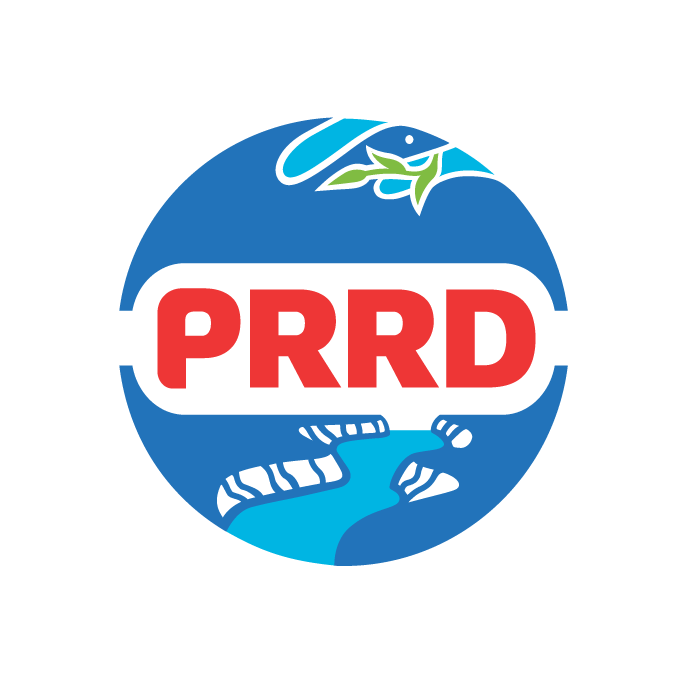Evacuations
An evacuation is a mandatory order requiring you to leave your property due to an imminent threat to life or safety, such as fire, flood, dangerous goods transportation or health emergencies. You may receive an evacuation alert to prepare before an official order, but immediate evacuation is mandatory once an order is issued.
In the event of an emergency, understanding the difference between an Evacuation Alert and an Evacuation Order is crucial. The provincial government also has more information available about emergency evacuee guidance.
Evacuation Alert
An Evacuation Alert signals the need to be prepared to evacuate on short notice.
Evacuation Order
An Evacuation Order means that you are at risk and need to leave the area immediately. During an Evacuation Order, promptly leave the area, adhere to instructions regarding evacuation routes, stay informed via the EmergencyInfoBC and the PRRD, and await official notice before returning home.
Tactical evacuations occur when life-threatening situations demand rapid action without prior notice, often coordinated by the RCMP or local police. Once the threat subsides, an Evacuation Rescinded notice indicates it is safe to return.
Preparing for Evacuations
To prepare for potential evacuations, familiarize yourself with local hazards and follow guidelines from PreparedBC for readiness. We have several resources available to help you prepare for an emergency.
If you are under evacuation, you might need Emergency Support Services (ESS) for food, shelter or clothing. Registering for ESS will make the process faster if you need these services.






